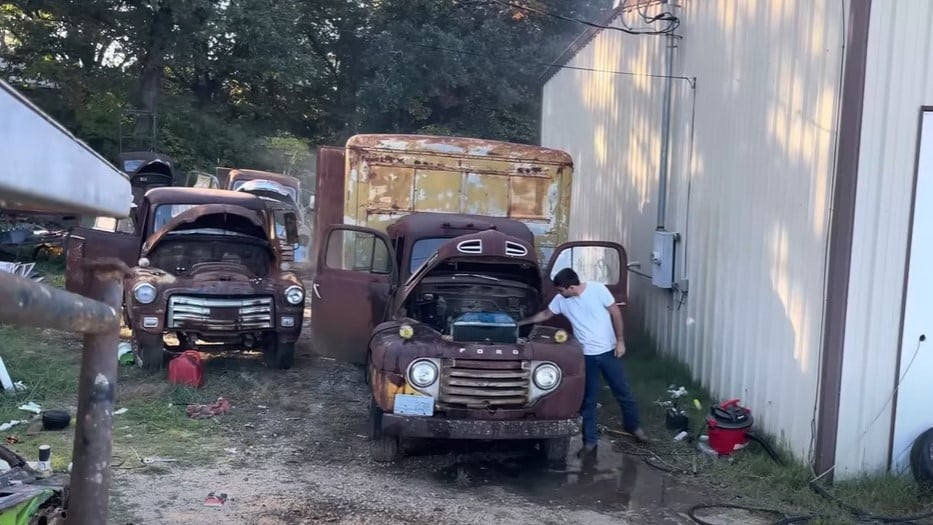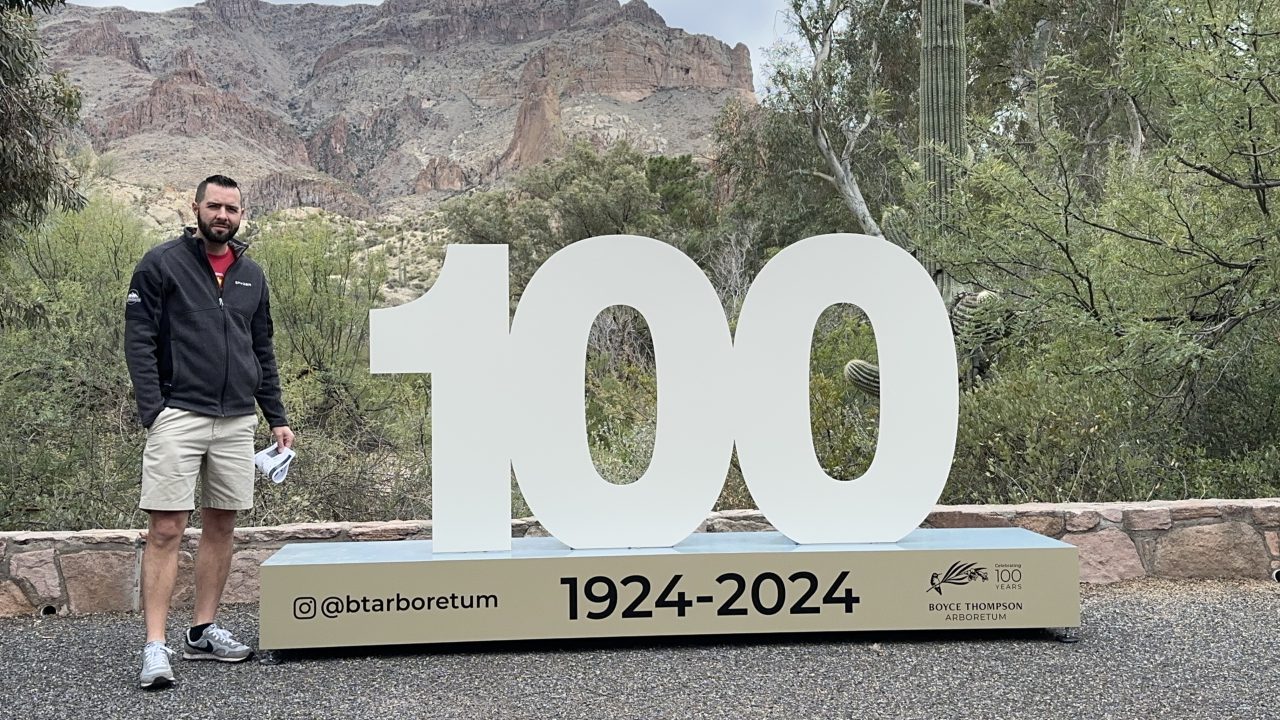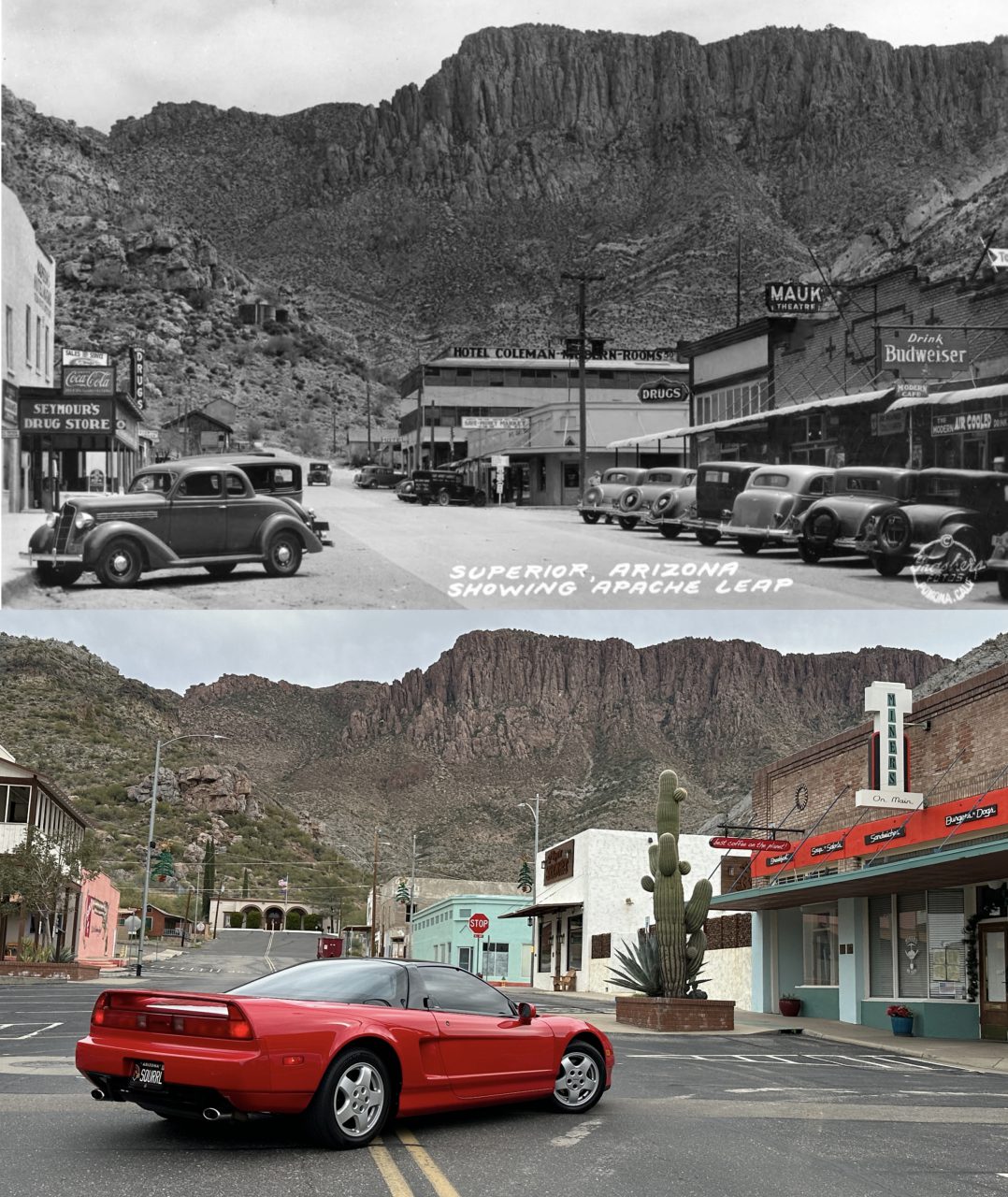Maserati last summer launched a track-only version of its MC20 supercar in the form of the MCXtrema, but it isn’t the first time the automaker has treaded down such a path.
Back in 2006, Maserati took the covers off the MC12 Versione Corse, a track-only version of the V-12-powered MC12 supercar. Just 12 were built, plus a prototype, and now one of them is set to go under the hammer at an RM Sotheby’s sale this month in Paris, France.
The car is the eighth in the 12-car series, and the pre-auction estimate is between 2.8 million euros and 3.5 million euros (approximately $3 million and $3.8 million). That’s well above the original sale price which was around 1.2 million euros ($1.3 million).
While the MC12 was closely related to the Ferrari Enzo, which had its own FXX track version, the Versione Corse was based on Maserati’s MC12 GT1 race car that proved quite successful in GT competition, including winning the 2005 FIA GT Manufacturers Championship, teams’ championships in 2005 and 2006, drivers’ championship in 2006, and the 24 Hours of Spa race in both 2005 and 2006. The success was what eventually persuaded Maserati to build the Versione Corse.

Power in the car comes from a 6.0-liter V-12 that generates a peak 755 hp. Drive is sent to the rear wheels via a heavily revised version of the MC12’s 6-speed automated manual transmission, designed for quicker shifts.
With just 2,535 pounds to motivate, the engine will rocket the car from 0-62 mph in 3.8 seconds and to a top speed of 202 mph.
A handful of the MC12 Versione Corses have been modified to make them street-legal. That isn’t the case for this car which was originally delivered to a customer in Germany. The orange paint finish, black Sparco seats, and the engine are all original items, according to the listing.
The RM Sotheby’s auction is scheduled for Jan. 31. Also set to cross the block will be a scale model of the Ferrari FXX K Evo, which was used by engineers for aerodynamic testing in the wind tunnel.
HIGH-RES GALLERY: 2007 Maserati MC12 Versione Corse – Photo credit: RM Sotheby’s
This article was originally published by Motor Authority, an editorial partner of ClassicCars.com
“Smooth” is one of the words that come to mind when referring to the rounded lines of the late 1930s Ford coupes. Some custom rides from that era take the look to an even greater extreme via chopped tops, shaved door handles, slim sideview mirrors, and suicide doors. Check this one out.
The Pick of the Day is a 1937 Ford Coupe listed for sale on ClassicCars.com by a private seller in Scottsdale, Arizona. (Click the link to view the listing)
“This beautiful 1937 Ford Coupe is a custom-built modern-meets-classic show-stopper,” the listing begins. “The soft luxurious leather interior, air ride shocks, overdrive transmission, four-wheel Wilwood disc brakes, fuel-injected LS1 V8 power, A/C, electric windows, and remote door pop feature make this classic style machine a modern dream to drive.”

That is a long list of enhancements for a car that, when new, used simple engineering. The heart of this custom coupe is its Corvette-derived small-block motor. The Chevrolet “LS1” was used in the fifth-generation Corvette between model years 1997 and 2004. The listing doesn’t call out which specific year the donor vehicle was, but the LS1 was initially rated at 345 horsepower and 350 lb-ft of torque in 1997. Four years later, the ratings were increased to 350 horsepower and 365 lb-ft of torque.

The listing says that the car is titled as a 1937 Ford, but in reality, there is probably nothing from 1937 included except from a hint of design language. In actuality, this is a replica built from parts supplied by Oze Rods Shop in Marion, Illinois. Oze specializes in a wide variety of hot rod components like bodies, chassis parts, suspensions, brake systems, steering parts, and custom grilles. “This is a one-of-a-kind head turner that demands the attention of everyone who sets eyes on it,” the seller says.

Footwork comes from a staggered 18-inch and 20-inch set of Billet Specialties aluminum wheels, and the ride height can be modified thanks to an air ride suspension. “Ride low and laid-back, or high up and aggressive; you decide,” the seller says. The interior and trunk are as dialed-in as the body, featuring custom upholstery throughout.
“This car is always the star of the show and draws a huge crowd wherever it goes. Owning this car provides increased joy and happiness in life,” the listing concludes.
Are you ready for true happiness? It will set you back $124,900 or best offer.
To view this listing on ClassicCars.com, see Pick of the Day.
There is something satisfying about breathing new life into a car that has been abandoned in a garage, a barn, or a field for decades at a time. If you have ever restored a vehicle, you know how thrilling that “first start” can be – and even better yet, the first drive.
Dustin Jennings of Arkansas has demonstrated a keen ability to take a tired, old engine and get it running. His YouTube channel entitled Jennings Motor Sports has amassed about 250,000 subscribers as of the time of this writing. Dustin has done dozens of revivals (there are 70 videos on his channel at current) and the vehicles in question usually center around 1940s to 1960s American classics. Dustin has worked on a fair number of classic dump trucks as well as a 1979 Datsun and a 1972 BMW.

I’m not one to binge-watch anything on television, but I could sit and watch these types of videos for hours. Perhaps that is because I’m hellbent on achieving maximum mileage on some of my long-lived cars like my 590,000 mile Acura. After seeing some of Dustin’s handiwork, I’m starting to wonder if there is anything he can’t get running again.
Usually, his process starts with clearing out rat nests, spider webs, leaves, and anything else that can accumulate in an engine bay that’s been left untouched for years. The checklist can vary from there but it usually involves sorting out the fuel system, electrical system, and other areas in order to see if a motor will fire up.

In some cases, a motor that has been sitting for a long time may be completely stuck from having sat for so long, so the initial steps involve lubricating things overnight with a product like PB Blaster to loosen it all up. The troubleshooting sometimes leads to discovering additional problems, and usually, through the entire process, Dustin finds evidence as to why the vehicle may have been parked in the first place.
Not every episode ends in a success story with an old engine grumbling back to life, but many of them do. The uncertainty is part of the thrill. Even Dustin himself doesn’t know what will come of his efforts.
The channel’s top five viewed videos are:
- 1929 GMC Pickup (sitting for 81 years) – 10 million views (LINK)
- 1917 Cadillac V8 (sitting for 93 years) – 2.2 million views (LINK)
- 1931 Ford Model AA (sitting for 30 years) – 2.1 million views (LINK)
- 1947 International Wrecker (sitting for 53 years) – 1.2 million views (LINK)
- 1953 Plymouth Cranbrook (sitting for 59 years) – 1.1 million views (LINK)
Have a look through some of the content and let us know what you think. Have you ever had a success story of your own with getting a barn find back to life? Let us know in the comment section!
The XK120 was launched at the 1948 Earls Court Motor Show: With its revolutionary twin-cam engine and sweeping lines it proved to be a hit, but it was only ever intended to be a showcase for Sir William Lyons’ new six-cylinder engine originally destined for Jaguar’s new range of saloons.
Because the forthcoming line-up was not ready on time, Jaguar decided to manufacture a limited-production sports car. Lyons designed the lightweight aluminium body fitted to a modified steel and ash frame from the contemporary Mark V saloon, from which the chassis was also borrowed and cut down. The aforementioned 3.4-litre engine was fitted to create the XK120 prototype, which at the time was the fastest car in the world. Around 200 examples were built. Because demand turned out to be much higher than anticipated, in 1950 Lyons commenced mass production using steel bodies. This was known as the Open Two Seater, while a Fixed Head Coupé appeared in 1951 and a Drop Head Coupé was launched in 1953.
This particular 1954 XK120, which I photographed at Concours of Elegance 2020, has been restored to life-long Jaguar enthusiast David Gandy’s bespoke specification. The 11-month project, which was a close collaboration between Gandy and experts at Jaguar Classic, took 2700 hours to complete. The brief was to make the car race ready for classic motor sport events. After a suitable 1954 base car had been tracked down in California, unique upgrades inspired by the XK120 Lightweight were fitted while as much of the original car as possible was retained.
The original engine was rebuilt over five-and-a-half months, after which it delivered an additional 45bhp and enhanced durability, with a fast-shifting four-speed manual gearbox. An all-new, upgraded exhaust system with dual pipes instead of the usual single unit was also fitted, together with uprated front brake discs and four-pot callipers. The suspension uses fully adjustable dampers, allowing the Classic team to fine-tune the handling for events.
On the outside, 13 litres of solid black paint have been applied, while additional exterior features include a racing inspired flip-top fuel cap and twin aero screens in the place of the original split-screen windscreen – a feature that is synonymous with the XK120 Lightweight. Inside the car has been retrimmed in aged saddle tan leather by Bridge of Weir featuring a distinctive lattice design, with the seatbacks finished in aluminium rather than fabric. A custom 15-inch steering wheel and made-to-measure front seat further enhance comfort for the 6ft 2in tall owner.
ENGINE
3.4-litre, straight-six, double overhead camshaft, 225bhp
CONFIGURATION
Front engine, four-speed manual gearbox, rear-wheel drive, separate chassis, wishbone and torsion bar front, leaf-sprung live axle rear, disc brakes front, drums rear
The post The Revolutionary 1954 Jaguar XK120 owned by David Gandy appeared first on My Car Heaven.
After a week of parties and social gatherings, the first day of 2024 called for a relaxing solo road trip. My destination of choice was an old mining town about 60 miles east of Phoenix called Superior. Its history dates back to 1875, and for a lot of reasons, the town has remained frozen in time for at least the last several decades. One of the reasons for that is the fact that a primary source of copper, the Magma Mine, closed in 1984. Today, Main Street has been bypassed by U.S. Highway 60, and perhaps that is one of the reasons why it remains so well preserved. Driving it is taking a step back in time.
Along the way, I stopped at a 100-year-old botanical garden sitting on over 300 acres of the North Sonoran Desert. It is called the Boyce Thompson Arboretum, and it gave me a glimpse of some of the surprisingly diverse plant and animal life that can survive in the harsh climate of the southwest region. One of the century-old Eucalyptus trees, called “Mr. Big,” living there has a 22-foot circumference.

The highlight of the trip, however, came not during my visit to Superior and the surrounding area, but when I got home and started doing some research. One of the black and white photos that I found of Superior was taken precisely in the direction and location of a shot I had taken just a couple of hours earlier. While the photo was not dated, it appears to be from the 1920s based on the vehicles featured within it. Perhaps some of our eagle-eyed readers can identify some of the cars.

Superior is not technically a ghost town, as there are about 2,500 people who call it home, but on New Year’s Day 2024, it sure felt like one. I had Main Street and the surrounding areas to myself as I perused some of the old architecture like the Superior High School (built in 1925 and closed in 2000). The school was recently purchased by the town – it was being used as a private residence – and there are plans to renovate it as a multi-generational community center. For now, though, it sits behind a chain link fence.

There is something magical about urban exploration in towns that were once bustling centers of commerce and social activity but have since quieted down. In fitting anniversary fashion, my 1992 NSX rolled 120,000 miles on the drive home. My short day-trip was just what the doctor ordered to kick off the new year in style, and I look forward to more similar adventures in the near future.
Did you also manage to get your classic car out for the holiday? Let me know how it went!
